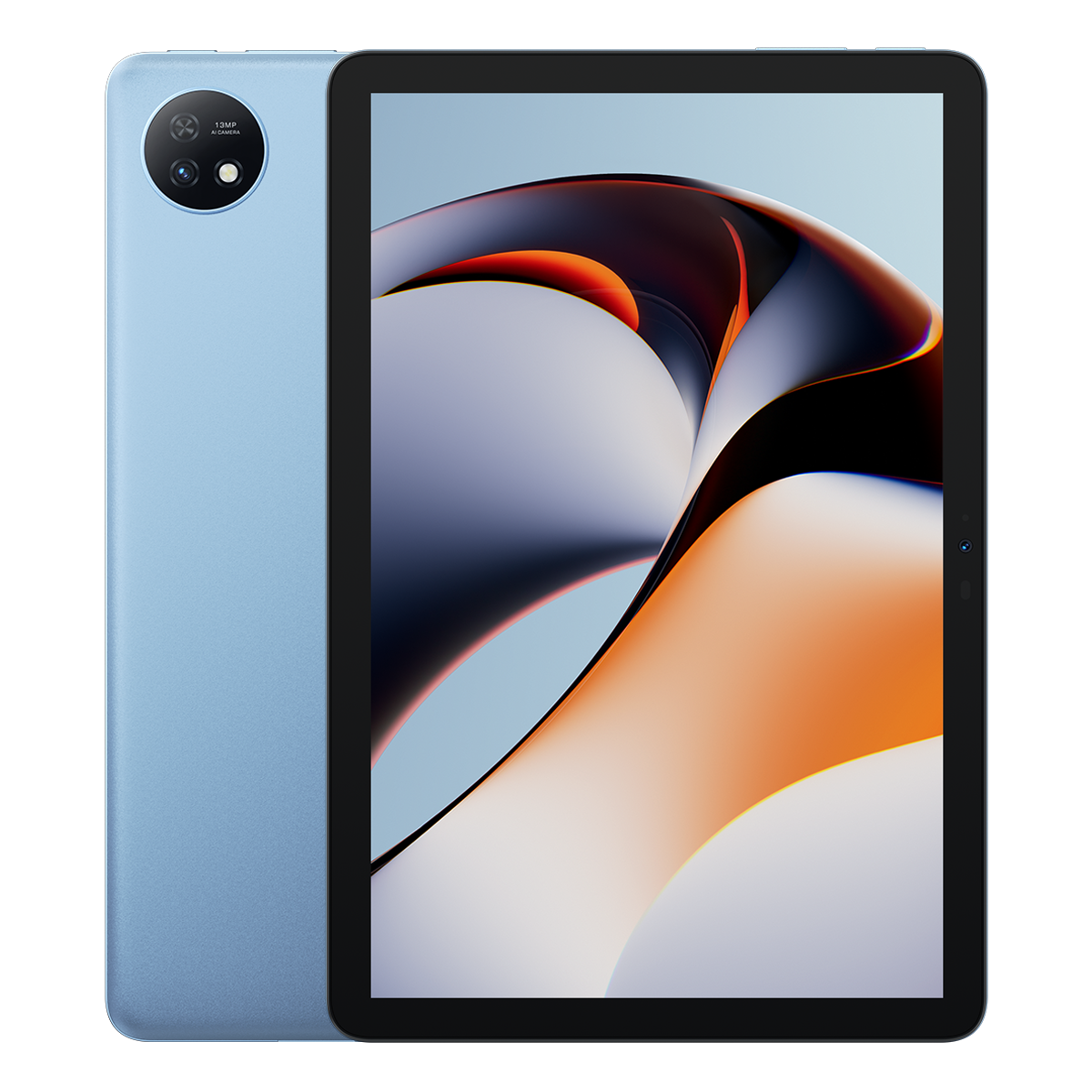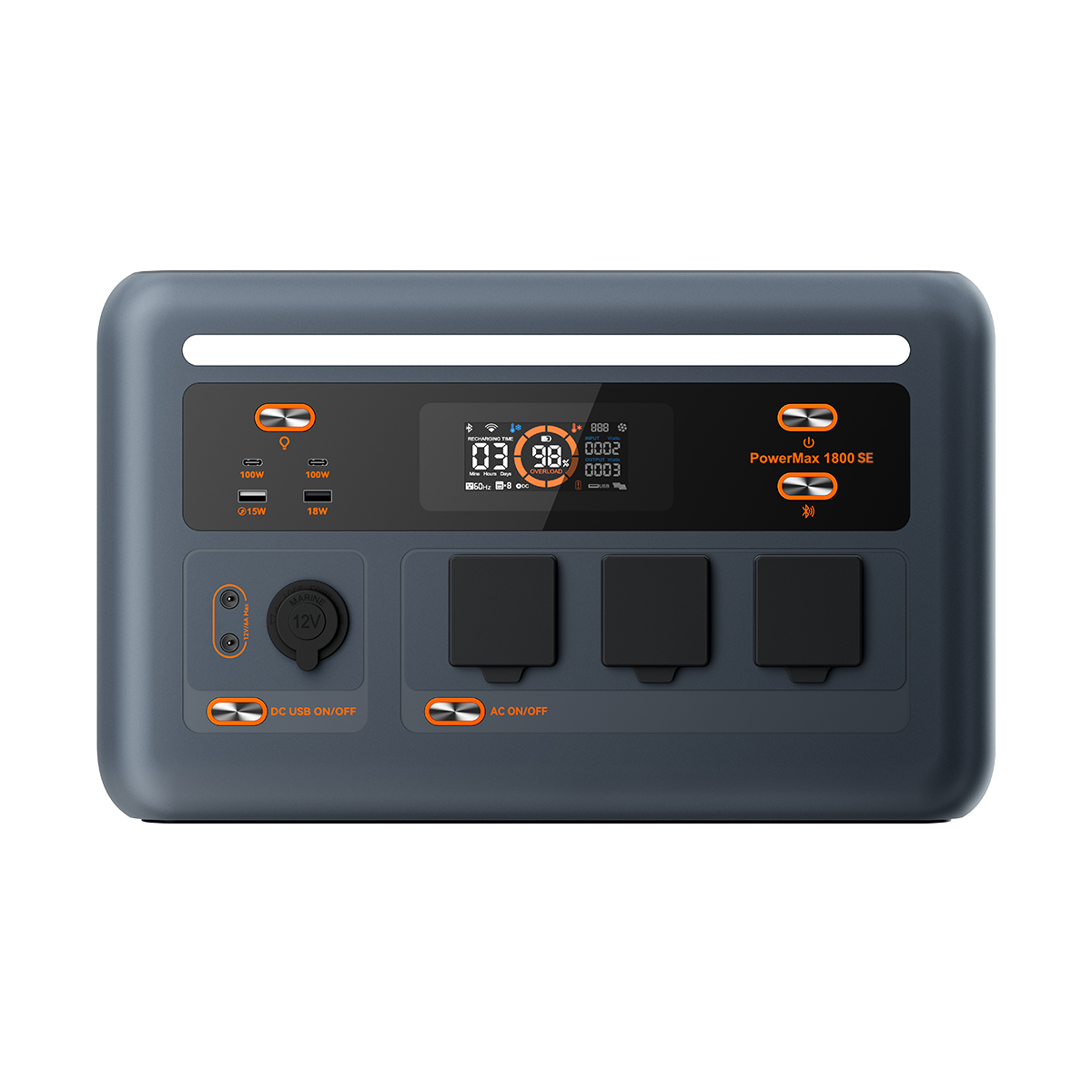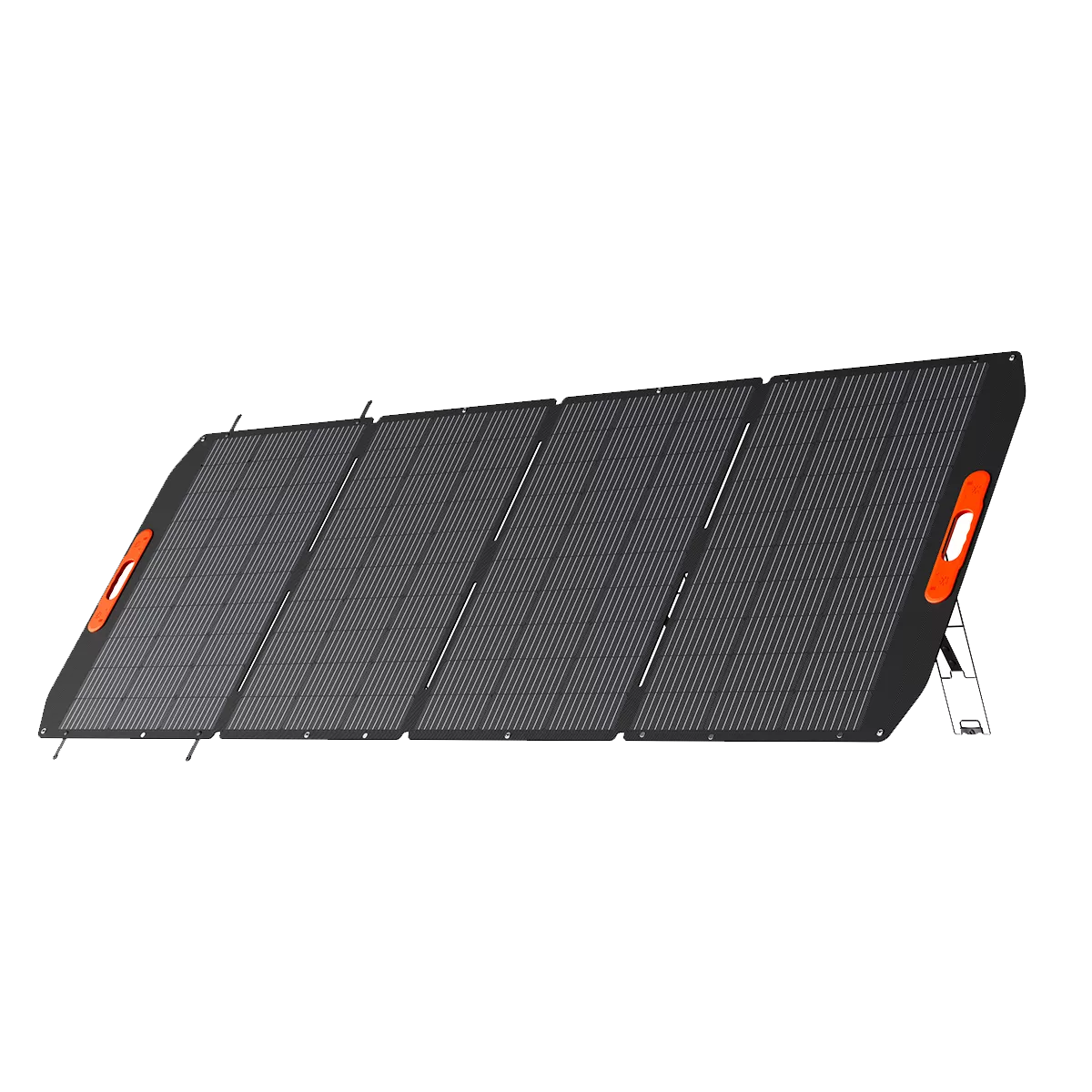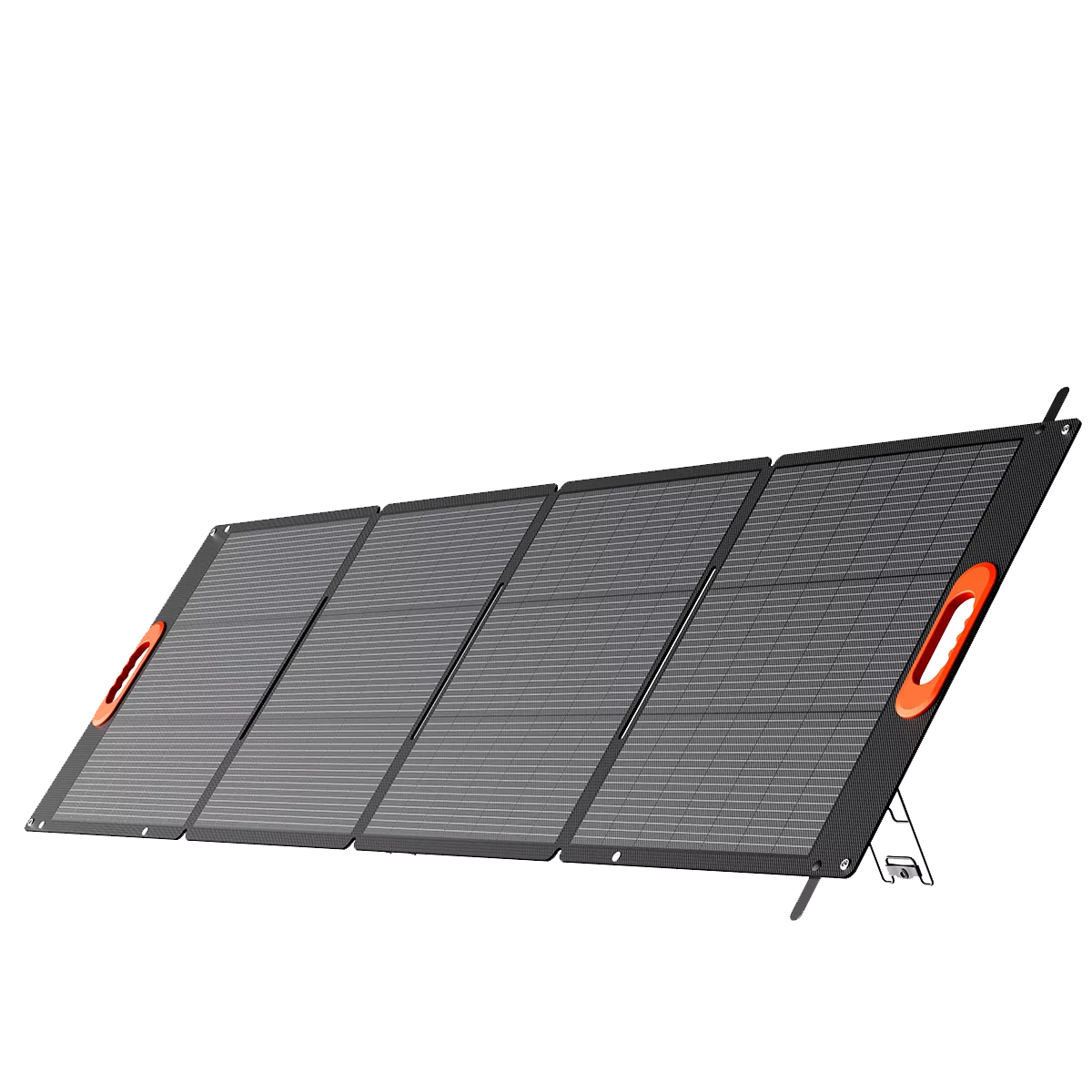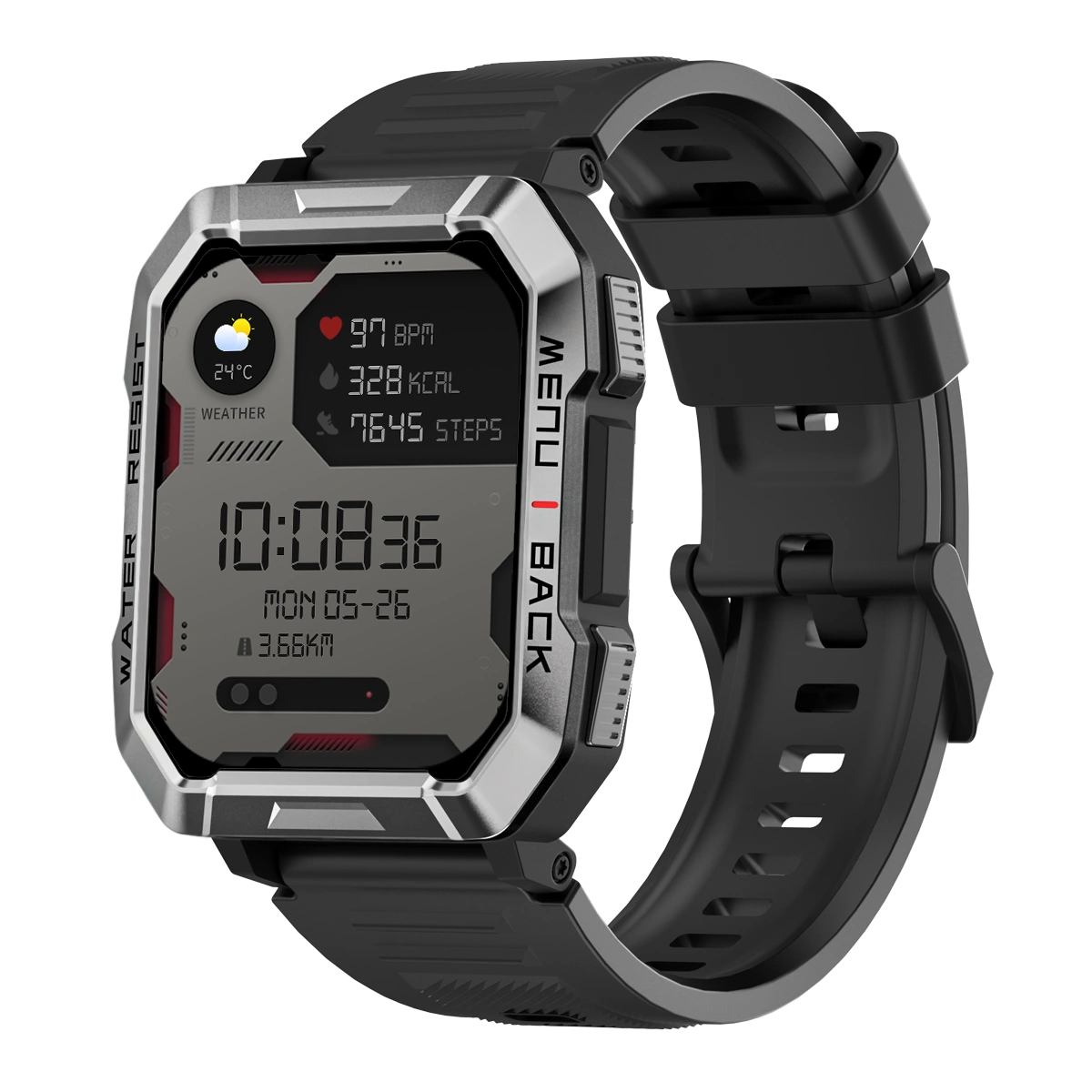
March 30,2023
How much do you know about portable power stations classification?

Portable power stations, also known as battery generators, are devices that provide a portable source of electrical power. They are commonly used for camping, outdoor activities, and emergency backup power. Portable power stations come in various sizes and capacities, and can be classified based on several factors.
Power stations classification
1. Capacity: Portable power stations can be classified based on their capacity, which is measured in watt-hours (Wh). The capacity determines how much energy the device can store and how long it can power your devices. There are three main categories of portable power stations based on capacity:
- Small: These have a capacity of less than 500 Wh and are suitable for charging small devices like smartphones, tablets, and cameras. They are lightweight and compact, making them easy to carry around.
- Medium: These have a capacity of between 500 Wh and 1500 Wh and can power larger devices like laptops, TVs, and refrigerators. They are heavier and bulkier than small portable power stations but still portable enough to take on camping trips.
- Large: These have a capacity of over 1500 Wh and can power multiple devices simultaneously for an extended period. They are heavy and bulky and are typically used as backup power for homes or businesses.
2. Battery Type: Portable power stations can also be classified based on the type of battery they use. The two main types are:
- Lithium-ion: These batteries are lightweight, compact, and have a high energy density. They are commonly used in portable power stations because they offer a good balance between weight, capacity, and cost.
- Lead-acid: These batteries are heavier and bulkier than lithium-ion batteries but are more affordable. They have a lower energy density but can provide a higher output current, making them suitable for powering larger devices.
3. Output Ports: Portable power stations can also be classified based on the type and number of output ports they have. The most common types of output ports are:
- AC outlets: These are standard electrical outlets that allow you to plug in devices that require AC power.
- DC outlets: These are used for devices that require DC power, such as car chargers and portable fridges.
- USB ports: These are used for charging small devices like smartphones and tablets.
- Wireless charging: Some portable power stations come with built-in wireless charging pads that allow you to charge compatible devices without the need for cables.
In conclusion, portable power stations can be classified based on capacity, battery type, and output ports. The classification helps users choose the right device based on their power needs, budget, and portability requirements.
Read also,
300W and 700W power station, which one should I choose?
Best Power Bank Phone for Camping of 2023
What is Reverse Charging in Mobile
What size is iPhone wallpaper?
ChatGPT vs. Bing Chat: who is smarter?
What is Mixed Reality and Windows Mixed Reality?
MTK Helio G99 Antutu score G99 vs G96
The 10-inch Samsung tablet's best alternative



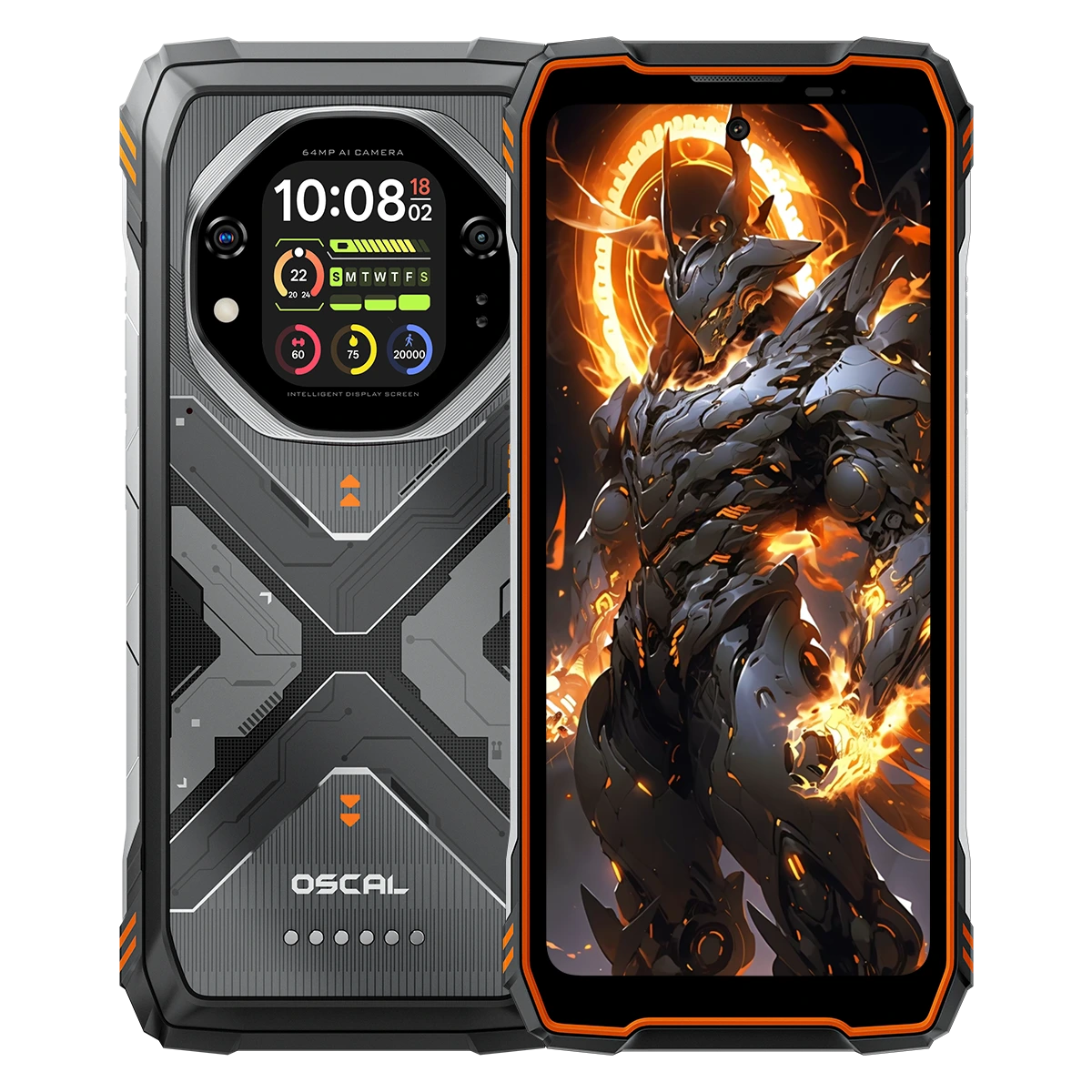


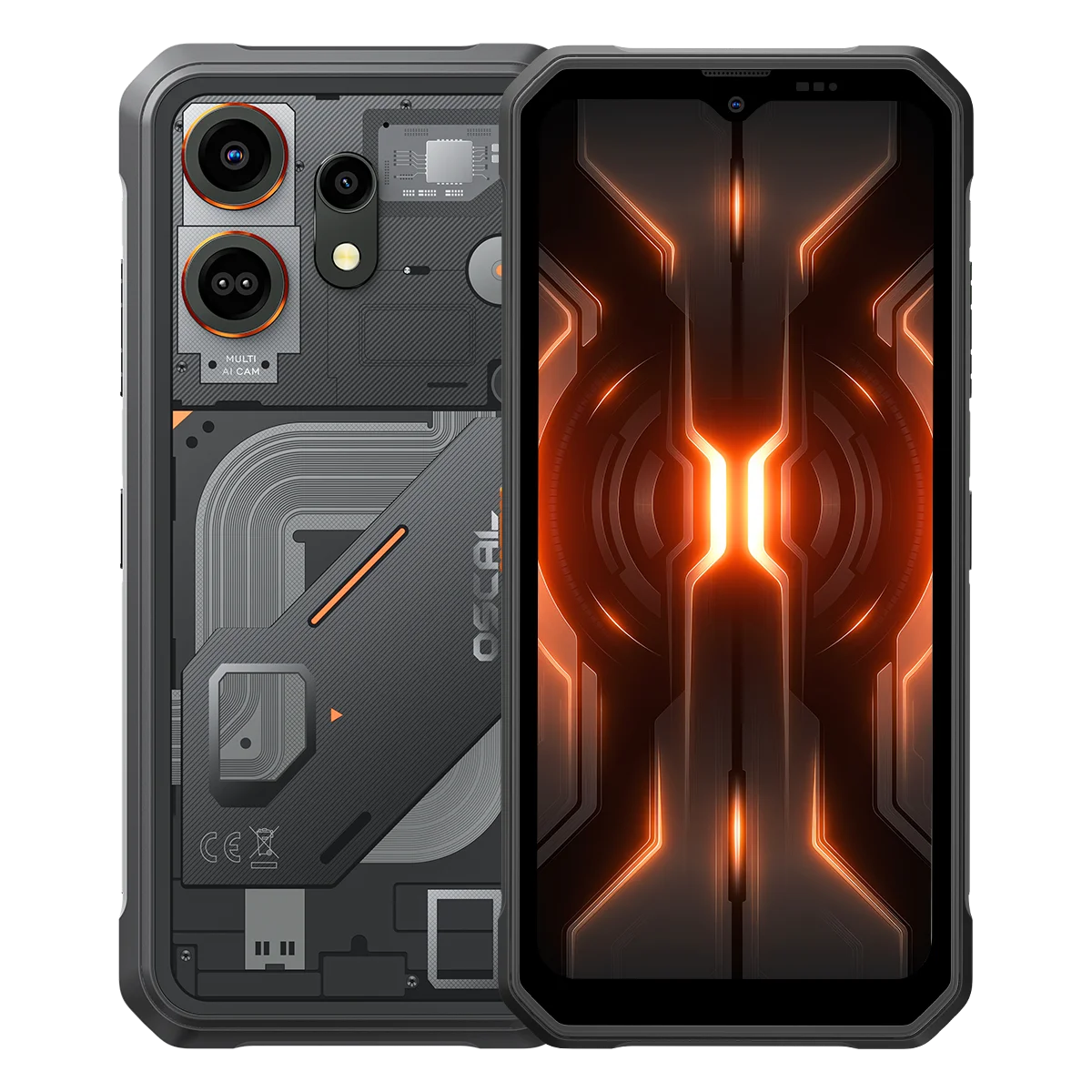



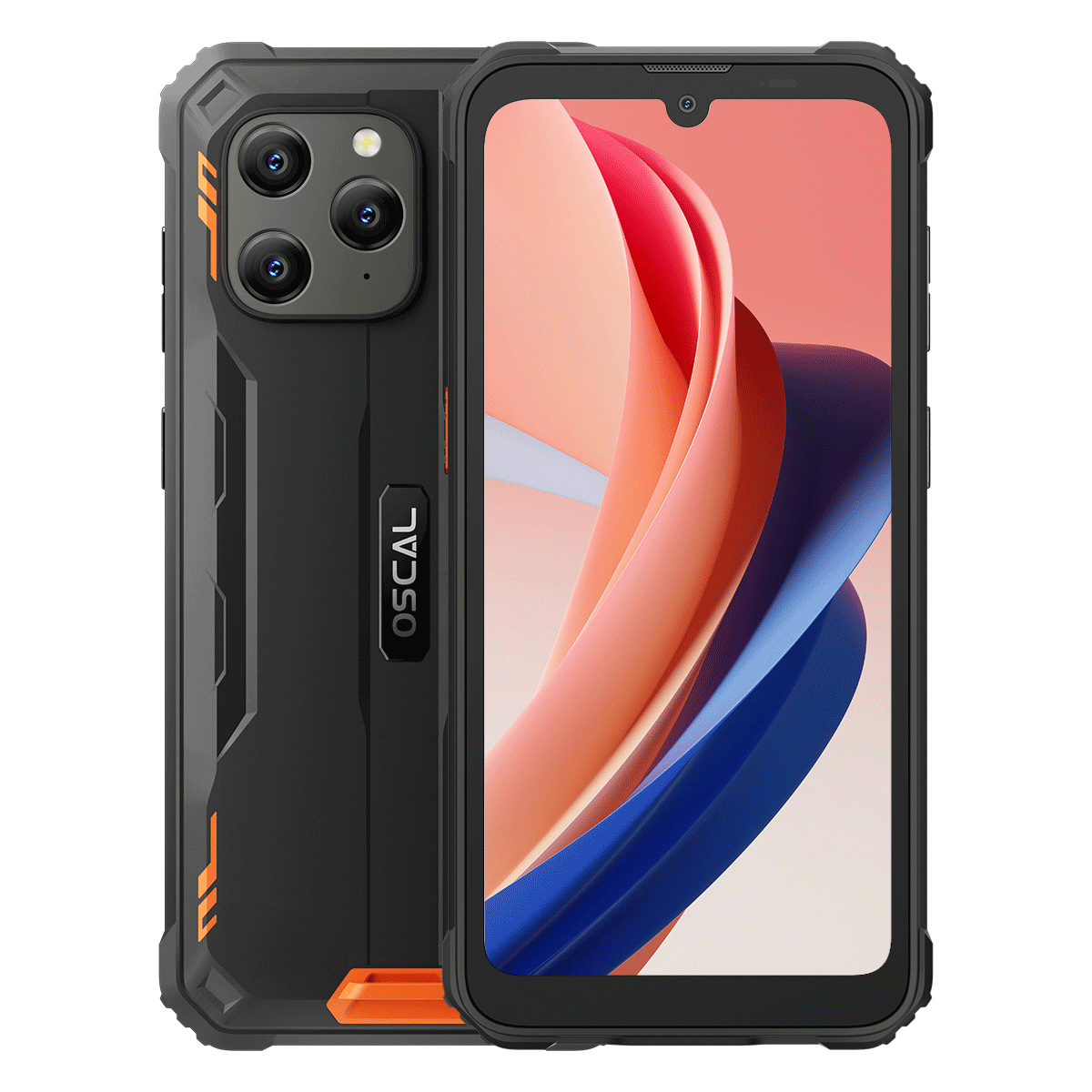
















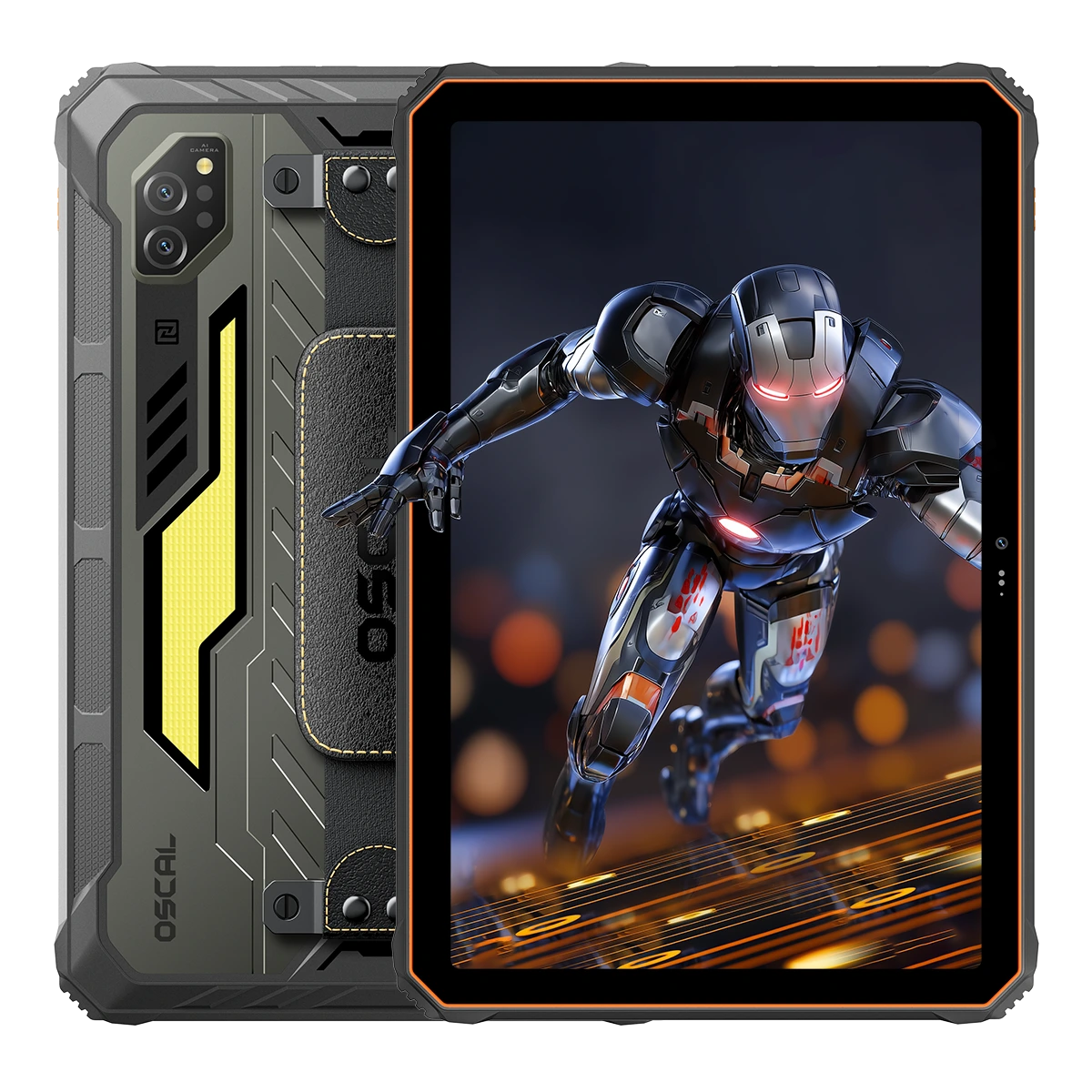

 (1)-20251204034946188.jpg)


















